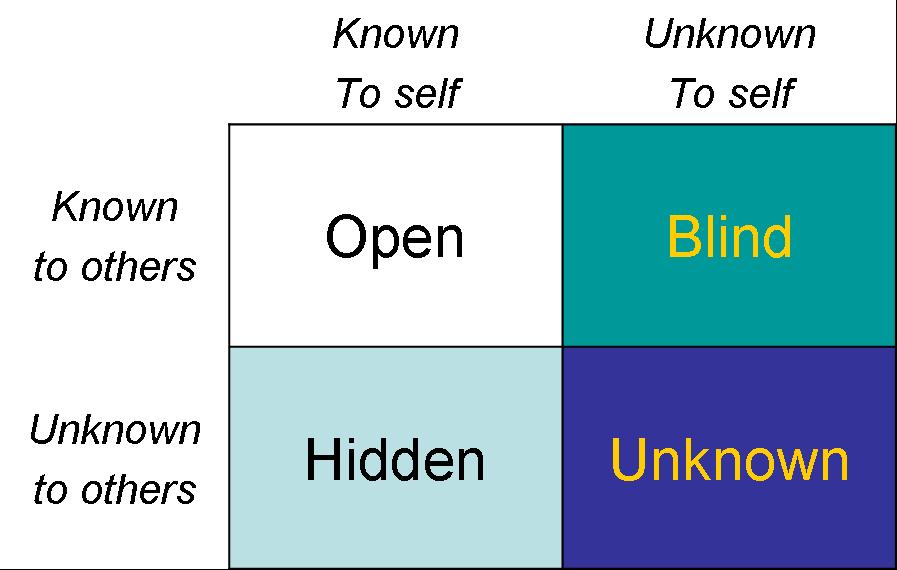Horror Story No. 3:
Buried Alive in a Project Graveyard
What to do when the answer is 6 ft under:
After two years of problem solving with nothing to show for it, my Manager finally handed me a new project. “What I need is a breakthrough, and it’s your job to make it happen.”
 The Horror: As I observed the team, it appeared like rigor mortis had settled in long ago. It was like a group of Zombies had arrived on the scene of our first meeting. Frankly, I was scared.
The Horror: As I observed the team, it appeared like rigor mortis had settled in long ago. It was like a group of Zombies had arrived on the scene of our first meeting. Frankly, I was scared.
Previous efforts had produced nothing more than what appeared to be an endless spider  web of questions which tended to further entangle the team. I had to find a way of cutting through: a way of bringing the answers to life.
web of questions which tended to further entangle the team. I had to find a way of cutting through: a way of bringing the answers to life.
I decided my first step was to start digging. So I assembled the team and asked each specialist to answer the following two questions: “What do you know?” and “What do you not know about the problem.” Six 2-hour meetings later, we were on our way to a breakthrough.
As it turned out, the answer had been lurking within the group for quite some time, but no one was paying attention. One of our best and brightest PhD’s on the team had independently created a model of the whole thing. He had requested input, but the Zombie team was too deeply shrouded. They could not hear. They did not engage. So he did what any self-respecting engineer would do. He gave up on the team, made his own assumptions, and went deathly silent:
Scary Lessons: This happy ending resulted from using a classic model of human behavior called “The Johari Window.” By making information known that was previously hidden or unknown, this project manager helped the team to break through communication barriers and build upon previously buried and forgotten information. Once the assumptions and information was out in the open, the team could use it to pursue new approaches to the problem, and eventually develop a breakthrough solution.
The Johari Window consists of four “panes,” each with a different level of visibility. The variables that define each pane, or quadrant, are awareness and who is aware.
 As we share our own “Hidden” information, we create a bigger “Open” quadrant for the team. And as more information becomes known to all, we effectively shrink the amount of information that was previously “Unknown” to the team, which can often lead to breakthrough innovation.
As we share our own “Hidden” information, we create a bigger “Open” quadrant for the team. And as more information becomes known to all, we effectively shrink the amount of information that was previously “Unknown” to the team, which can often lead to breakthrough innovation.
So when you want to start digging around for the unknown, here are four somewhat spooky questions you can use: if you dare!
-
What do we know that we know?
-
What do we know that we don’t know?
-
What don’t we know that we know?
- What don’t we know that we don’t know?
Doug Bedinger
“Helping individuals, project teams, and whole organizations work better together.”

